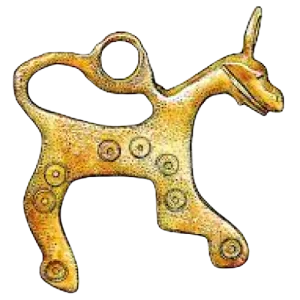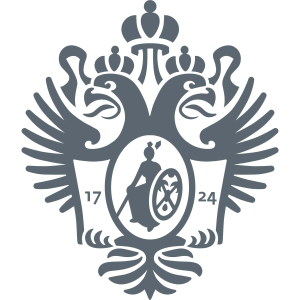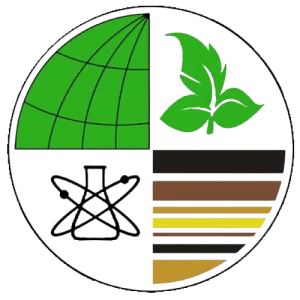
Evidence that modern fires may be unprecedented during the last 3400 years in permafrost zone of Central Siberia, Russia
Recent climate change in Siberia is increasing the probability of dangerous forest fires. The development of effective measures to mitigate and prevent fires is impossible without an understanding of long-term fire dynamics. This paper presents the first multi-site palaeo-fire reconstruction based on macroscopic charcoal data from peat and lake sediment cores located in different landscapes across the permafrost area of central Siberia. The obtained results show similar temporal patterns of charcoal accumulation rates in the cores under study, and near synchronous changes in fire regimes. The paleo-fire record revealed moderate biomass burning between 3.4 and 2.6 ka BP, followed by the period of lower burning occurring from 2.6 to 1.7 ka BP that coincided with regional climate cooling and moistening. Minimal fire activity was also observed during the Little Ice Age (0.7–0.25 ka BP). Fire frequencies increased during the interval from 1.7 to 0.7 ka BP and appears to be partly synchronous with climate warming during the Medieval Climate Anomaly. Regional reconstructions of long-term fire history show that recent fires are unprecedented during the late Holocene, with modern high biomass burning lying outside millennial and centennial variability of the last 3400 years.
Top-30
Journals
|
1
2
|
|
|
Holocene
2 publications, 10%
|
|
|
Plants
1 publication, 5%
|
|
|
Climate of the Past
1 publication, 5%
|
|
|
Remote Sensing
1 publication, 5%
|
|
|
Frontiers in Plant Science
1 publication, 5%
|
|
|
Frontiers in Earth Science
1 publication, 5%
|
|
|
Science of the Total Environment
1 publication, 5%
|
|
|
Ecological Indicators
1 publication, 5%
|
|
|
Climatic Change
1 publication, 5%
|
|
|
Nature Reviews Earth & Environment
1 publication, 5%
|
|
|
Contemporary Problems of Ecology
1 publication, 5%
|
|
|
Doklady Earth Sciences
1 publication, 5%
|
|
|
Frontiers in Forests and Global Change
1 publication, 5%
|
|
|
Forests
1 publication, 5%
|
|
|
Quaternary International
1 publication, 5%
|
|
|
Permafrost and Periglacial Processes
1 publication, 5%
|
|
|
Доклады РОССИЙСКОЙ АКАДЕМИИ НАУК. Науки о Земле
1 publication, 5%
|
|
|
Global Change Biology
1 publication, 5%
|
|
|
Ecological Monographs
1 publication, 5%
|
|
|
1
2
|
Publishers
|
1
2
3
|
|
|
MDPI
3 publications, 15%
|
|
|
Frontiers Media S.A.
3 publications, 15%
|
|
|
Elsevier
3 publications, 15%
|
|
|
Wiley
3 publications, 15%
|
|
|
SAGE
2 publications, 10%
|
|
|
Springer Nature
2 publications, 10%
|
|
|
Pleiades Publishing
2 publications, 10%
|
|
|
Copernicus
1 publication, 5%
|
|
|
The Russian Academy of Sciences
1 publication, 5%
|
|
|
1
2
3
|
- We do not take into account publications without a DOI.
- Statistics recalculated weekly.



















